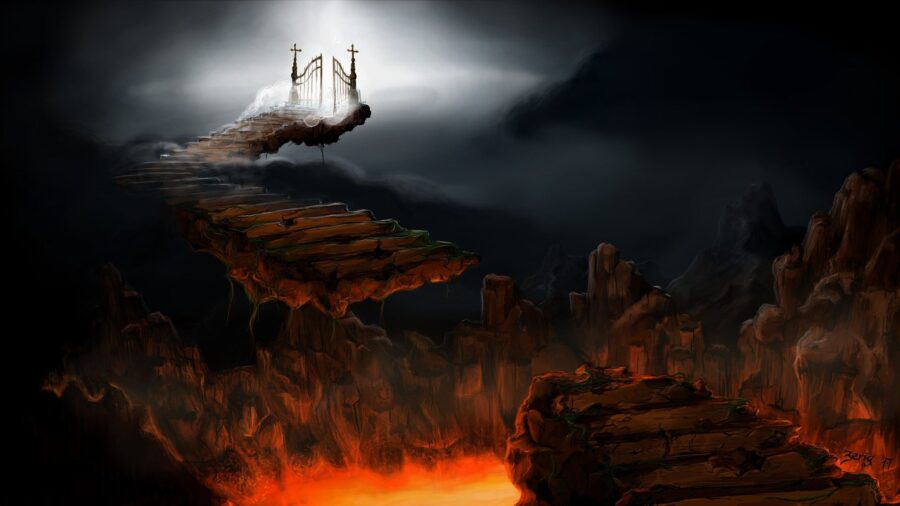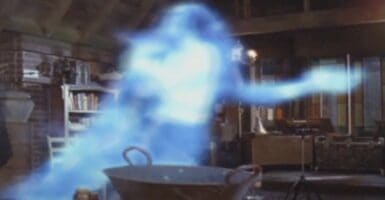Authorities Are Trying To Close The Gates Of Hell, But It Isn’t Working
Apparently, closing the gates of hell is tougher than we thought!
This article is more than 2 years old

2022 has already been a wild ride. The year has brought death to some of the world’s most beloved celebrities, and even some terrifying news of skyscraper-sized asteroids heading on an uncomfortably close track near Earth. Now, in news that couldn’t possibly sound any more bizarre, one country is set out to close “The Gates of Hell”. While we don’t think hell has frozen over, it seems someone is looking to extinguish it and possibly put an end to the doom and gloom overwhelmingly engulfing Earth the past few years.
A crater in Turkmenistan has been on fire for roughly 50 years. Located about 150 miles north of the Central Asian country’s capital, the 230-feet wide and 100-feet deep sinkhole is found in the center of the Karakum Desert. Recently, Metro let out reports that the authoritarian country’s President, Gurbanguly Berdimuhamedov, recently announced plans to put out the flaming monument. Kourounis also made note that this isn’t the first mention from the countries government on making plans to extinguish the fire, as the country makes plans to access the natural gas reserves found underneath the flames. Kourounis said that he would wait with “bated breath” to see if the president actually goes through with his plans this time. In the past, the president was known to heavily promote the Gates of Hell as a tourist destination. Apparently, Berdimuhamedov even once did donuts in a rally car outside the crater to dispel a rumor that he’d died. You can see a photo of the event below.
No one knows for sure exactly when the fires began, but some believe the Soviet Union to be responsible. Many theories over the years stated that the Soviets set the sinkhole on fire in the ’70s in a bid for resource extraction. According to this theory, Soviet operatives set out looking for natural gas deposits, and instead found The Gates of Hell. Setting the pit on fire, it was believed that it would have burned out quickly, which obviously was not the case.
Another more credible story regarding The Gates of Hell comes from the only human being able to boast adventuring into the belly of the beast. George Kourounis, world-renowned science explorer and storm chaser has been studying The Gates of Hell for a long time. Speaking recently about the bizarre attraction to NPR, Kourounis put doubts in the theory that the Soviets were the cause of the flaming wonder. According to him, Kourounis has spent plenty of time working with local geologists that have dedicated their lives to studying the phenomena and states that they remain adamant that the event happened before the Soviets and didn’t catch on fire until the ‘80s.
Kourounis describes the Gates of Hell site as equal parts terrifying and beautiful, mentioning that the fires illuminate the dark desert night, making it an unimaginably breathtaking site. In an even more striking manner, Kourounis divulged scientists’ plans to study alien lifeforms through soil samples. Hinting at the studies, Kourounis told NPR about an unknown bacteria found in the fiery depths that has never before shown up on any DNA databases.
If the bizarre phenomenon sounds similar, it might be in part due to a strangely similar place found right here in the United States. Centralia, Pennsylvania, a once booming coal town, lies largely abandoned after the town accidentally set an underground coal seam on fire in 1962. As the fires still burn, Centralia has become a viral sensation for its eerieness, and it even has been credited as the inspiration for the horror franchise, Silent Hill. As the world awaits the closing of The Gates of Hell with suspicious eyes, all we can do is hope that the Turkmenistan government doesn’t open any dark dimensions in the process.












